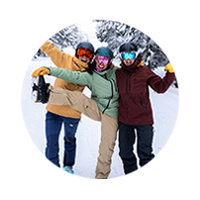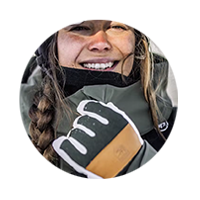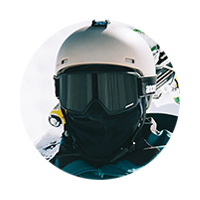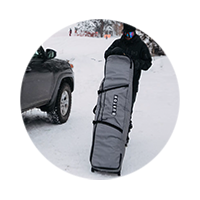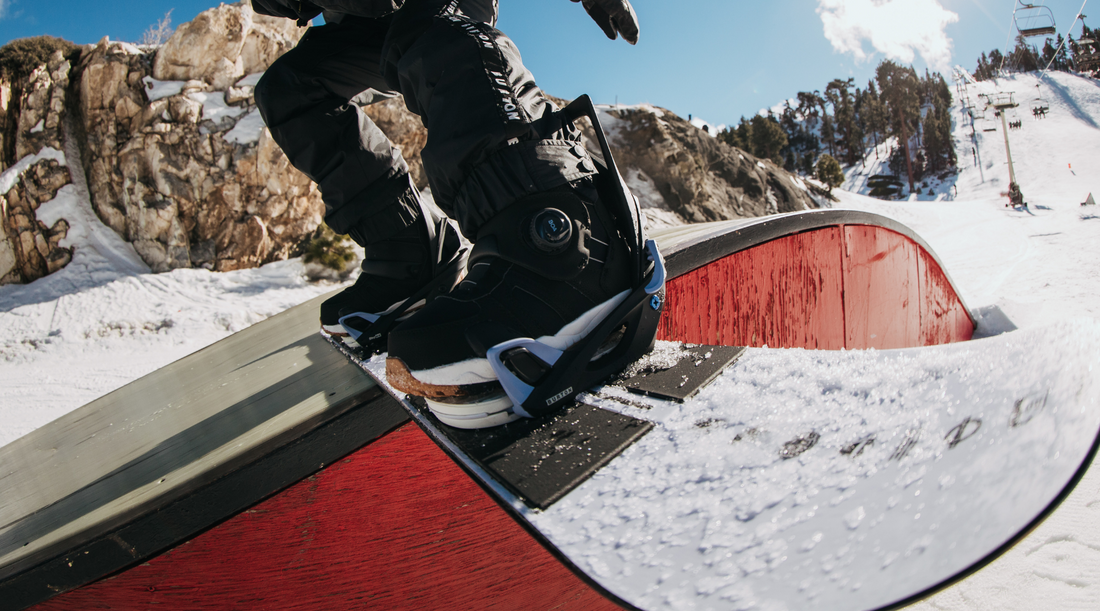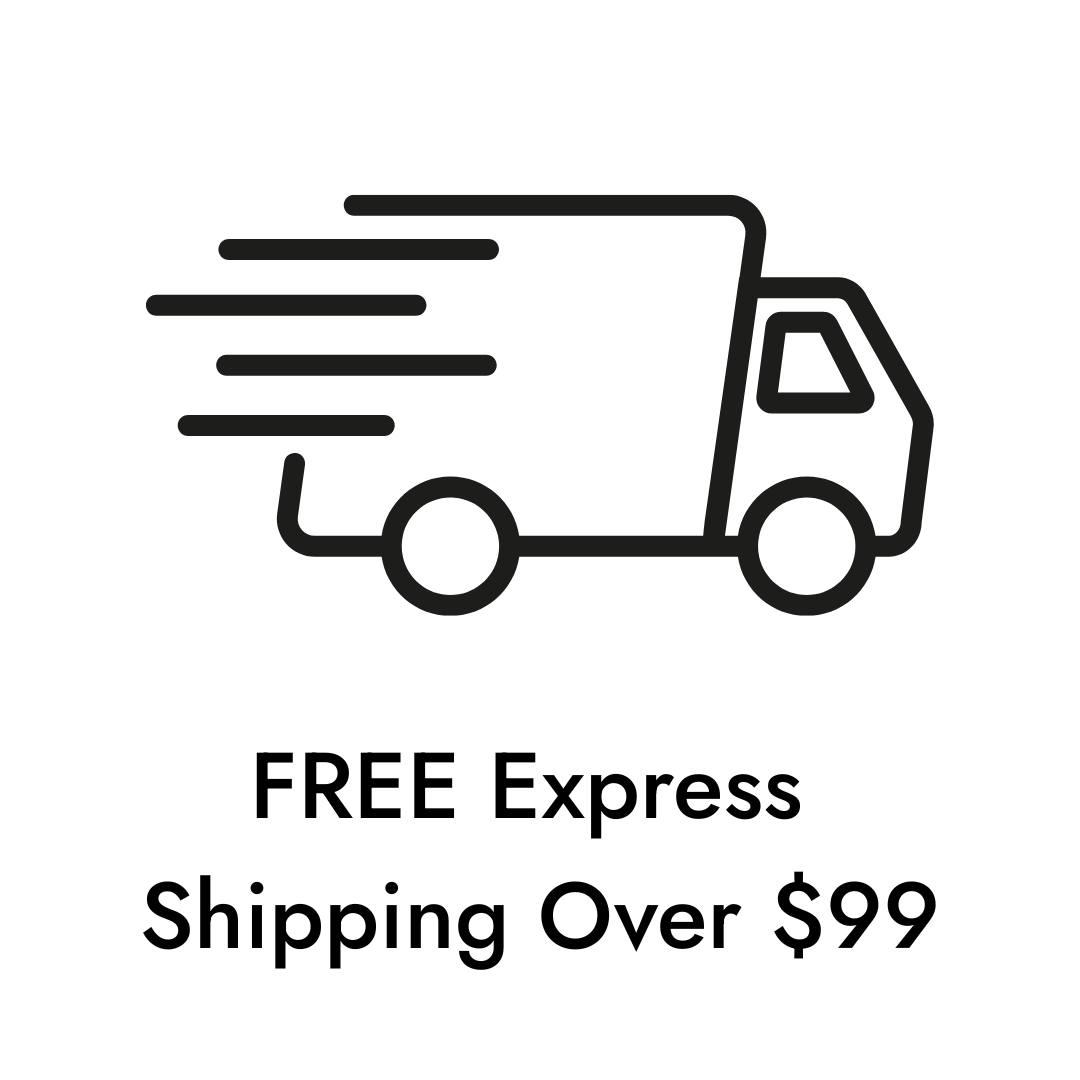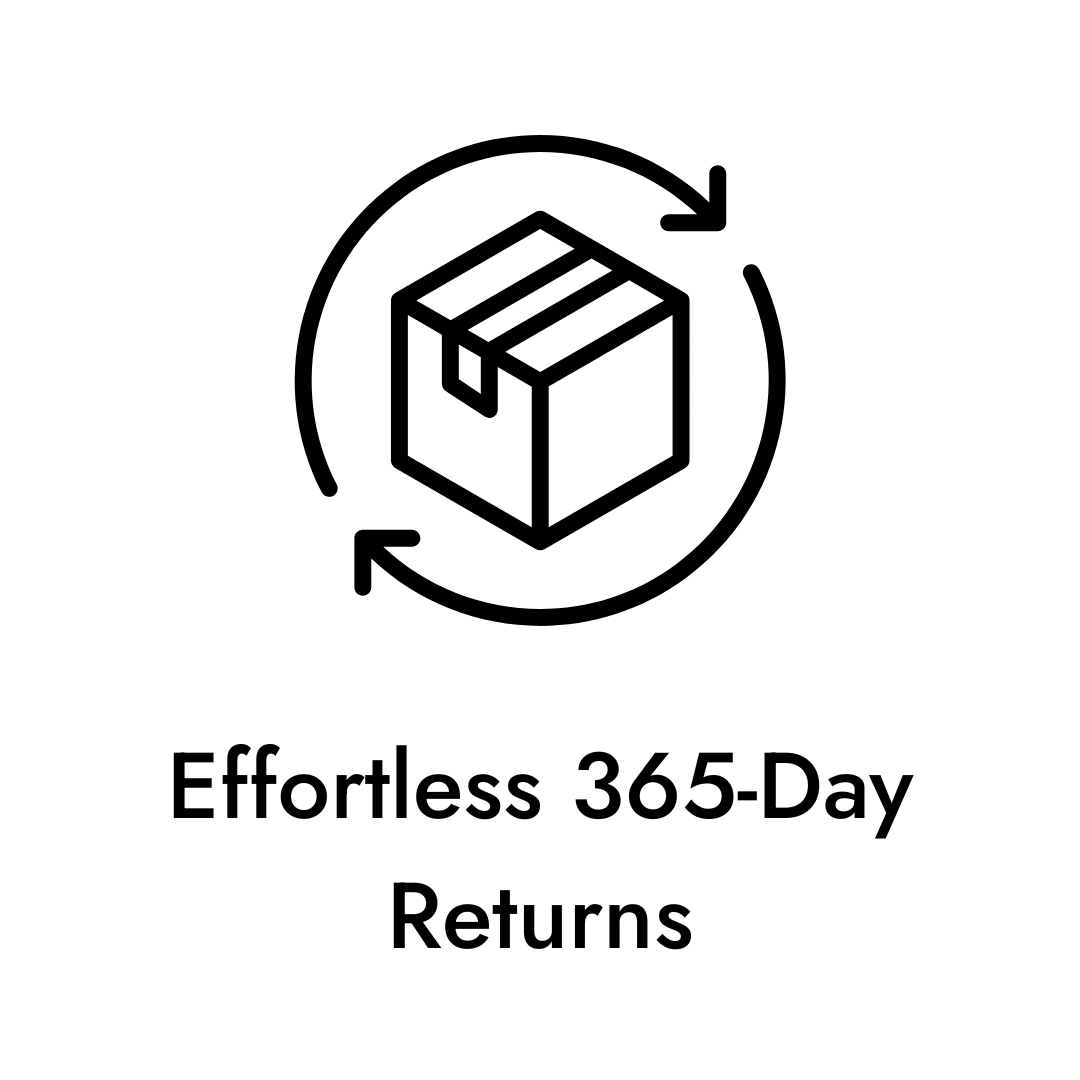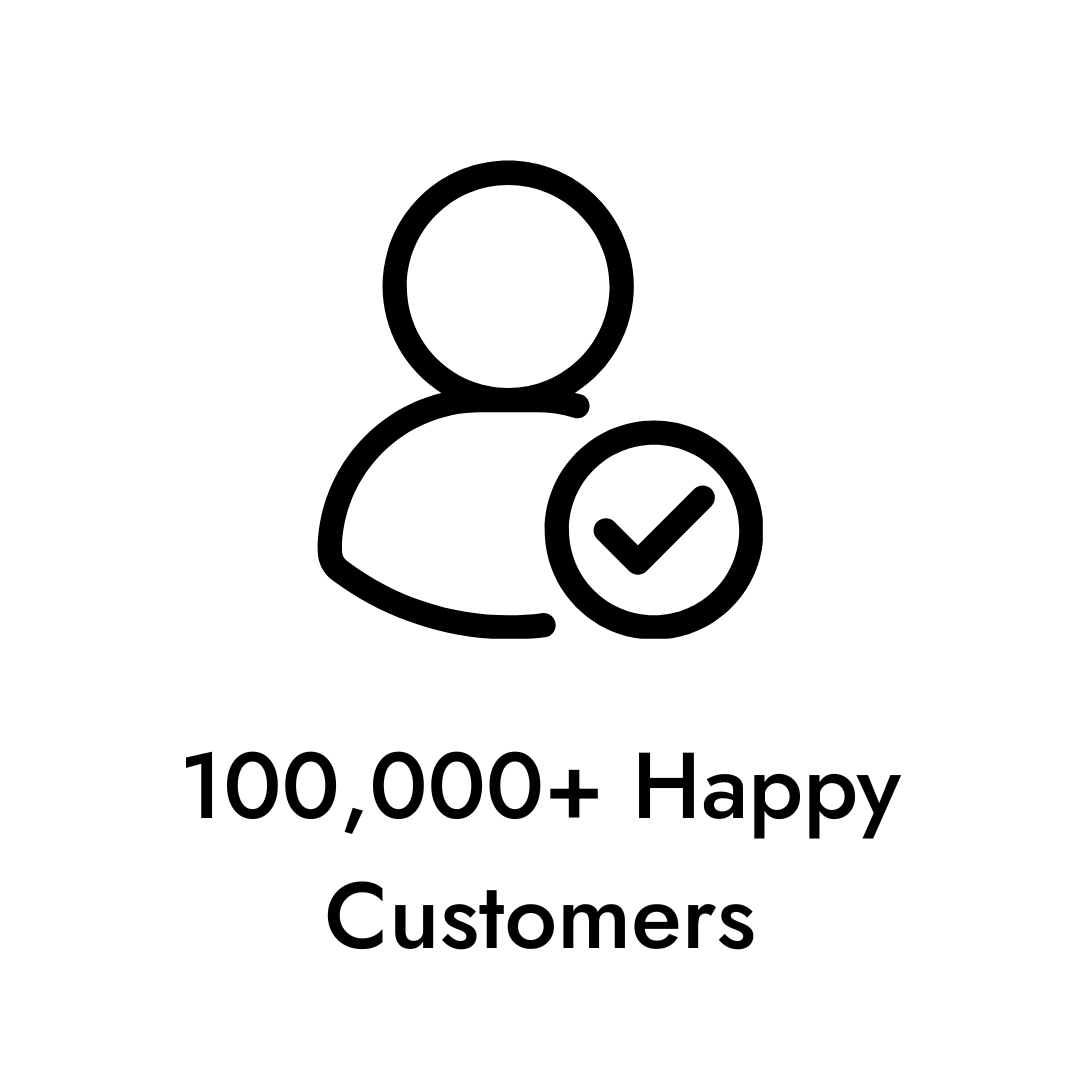A complete guide to choosing a snowboard
Which board to buy… There really is a lot to choose from, and all the technology and features and sizes and shapes can make it pretty confusing. Well, true it can be quite a lot to consider and a hard task, but it doesn’t need to be. You really only need to consider a few of the fundamentals and here we will go through the basics of buying a snowboard.
Terrain:
To begin with, it is helpful to know what kind of terrain you will be using the snowboard on. Are you interested in the standard mountain riding, or perhaps you want to get into riding rails and jumps or super powdery conditions like you might find in Japan. Snowboards are manufactured somewhat differently depending on their terrain speciality; that isn’t to say a parks board absolutely cannot ride on a mountain or vice versa, but it is to say that certain boards will thrive under certain conditions, so getting the right one will be helpful. When classifying boards on their terrain, there are three categories. All mountain, Powder/Freeride and Parks/Freestyle. If you’re new to snowboard, you will probably want all mountain. This is by the most common type and focuses on standard mountain slop riding. Mountain boards will include all different shapes and board profiles and are the do-it-all option. If you’re going to Japan, North America or somewhere where the snow is quite thick, soft and powdery you should look at getting a powder snowboard. These boards are usually directional in shape, which means the upper-half and lower-half are asymmetrical. The Nose of the board also lifts up more than typical and these two features allow for better riding through thick snow. Finally parks boards are the snow equivalent of skateboards. These boards typically feature a camber profile which allows for more pop off jumps. They are twin shape which means the upper-half and lower-half are symmetrical, allowing for comfortable riding in either direction. These boards a perfect for someone who wants to focus on their jumps and grind rails.
Profile:
Another important variable in snowboards is the profile. The profile refers to the shape or structure of the board, and although there are many different possible combinations, just about all are derived from 5 main profiles. These 5 main profiles can also be divided into 2 major categories. The first major category is the direction-twin dimension. Within this category there are three main shapes. The first is directional and as mentioned earlier in the article this refers to asymmetry of the upper-half and lower-half of the board. This has a few implications, the first and biggest difference is it allows the board to really focus on giving the optimal riding feel in one direction, it allows for a lot of float and control over variable snow conditions and often gives a level of comfort which is hard to achieve in a twin board. Twin boards are characterised by a symmetrical upper-half and lower-half. This is ideal for people who want to ride switch or have a go in the parks. Finally there is also a blend of these two, which is aptly named directional-twin. This is a slightly directional board, however the asymmetry is relatively low, which means the board will perform better in one direction but realistically can be used in either direction quite well. The second of the two major categories is the shape. This category has 3 main options. First off, is the flat / rocker shape. These boards showcase a flat bottom, and occasionally even a nose and tail which lifts slightly higher than the centre which is where the name rocker comes from. This shape is ideal for new beginners or someone who is a bit nervous to start out. These shapes make manoeuvring easy and smooth by utilising the full length of the board in turns. The next and more advanced of the three is full camber. This shape describes an arch in the board starting from the rise in one end, and descent in the other to make a kind of flat ‘n’ shape. The shape is the most advanced by offering the most pop and springy feel and making your turns shaper and faster. A nice mix between these two is hybrid rocker. The named use to describe this shape differs from brand to brand, for example Burton call it flying v, whereas Nitro call it gullwing, however its all referring to the same shape, which is a rise in one end which descends into the middle, and then from the middle rises and falls again to meet the other end.
Below is an image showcasing each options described above.
Flat:

Rocker:

Camber:

Flying V:

Directional:

So, all snowboards will vary between directional or twin. They will also feature flat, cambered or hybrid rocker shapes. Some boards also combine aspects of each shape at different positions on the board to achieve the best of multiple worlds.
Boards Size:
Getting the right board size is necessary to get the best riding experience. The size is mostly determined by your weight because that is the variable which best determines how deep you push the board into the snow, which in turns effects the feel of riding. Below is a chart which illustrates sizes to weight recommendations. Additionally, some boards will come with a wide option. This is usually communicated with a W next to the length, for example a 156 board in a wide will be 156W. The wide option is simply for people with foot sizes larger than US 12, to allow for more boot and binding room to ensure your heals and toes don’t catch an edge when your turning.

Hole Pattern for Binding Mount:
Hole pattern on the board is the position of screw inserts that you use to attach the binding to the board. This means that some bindings only work on certain boards. For the most part you won’t have to give this to much thought because most bindings work on most boards, especially newer models, however there exceptions so if you already have your some bindings, it’s a good idea to check in with our staff to ensure the board is compatible.

Graphics and Technology:
Snowboards have come a long way in the last few decades; many refinements have been made to construction processes and the number of different boards available has grown continuously. Brands will also readily advertise their products with the new and amazing technology that they possess, and rightly so, but if you are trying to understand what everything means and does, you will quickly find yourself pretty confused; so just take a moment to step back and notice that aslong as you get the fundamentals right, like size and shape, you will be fine. And another point here is getting to love the graphics of the boards. A lot of thought and effort goes into making the boards look nice so if you’re tossing up between two boards and cant decide, go for the one you like the look of because at the end of the day, you want to enjoy being out on the snow and being stoked to jump on your new board is like nothing else.
If you need any further assistance or information on anything, get in contact with the team and we will happily help out.
Now that you're better informed and ready to start shopping snowboards, have a look at our full range.
